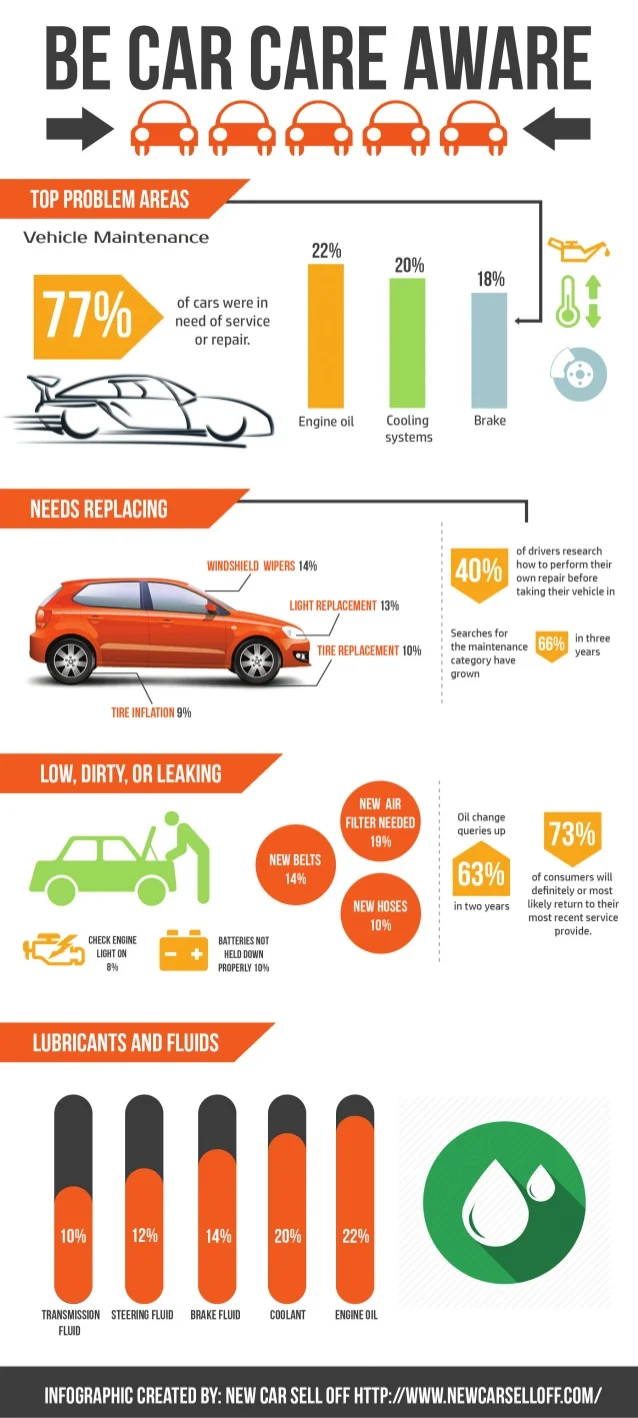When you lag the wheel, those beautiful caution lights on your dashboard can be a little bit puzzling. Do you recognize what they're trying to inform you about your car's health? Understanding the relevance of these lights is vital for your safety and security and the durability of your vehicle. So, the following time among those lights pops up, wouldn't you intend to decode its message properly and take the needed steps to resolve it?
Common Warning Lighting and Interpretations
Determine typical caution lights in your automobile and understand their significances to guarantee secure driving.
The most normal caution lights consist of the check engine light, which signifies issues with the engine or discharges system. If this light comes on, it's essential to have your car examined quickly.
The oil stress warning light suggests reduced oil pressure, requiring immediate interest to prevent engine damage.
A blinking battery light could recommend a damaged billing system, possibly leaving you stranded otherwise addressed.
car polishing (TPMS) light alerts you to low tire stress, influencing car security and fuel effectiveness. Ignoring this could cause hazardous driving conditions.
The abdominal light shows a trouble with the anti-lock braking system, compromising your ability to quit promptly in emergencies.
Lastly, the coolant temperature level advising light warns of engine getting too hot, which can result in serious damage if not solved quickly.
Recognizing these common warning lights will assist you resolve concerns without delay and maintain secure driving problems.
Significance of Prompt Focus
Understanding the typical caution lights in your cars and truck is only the very first step; the relevance of quickly addressing these warnings can't be emphasized sufficient to ensure your safety and security when driving.
When a caution light illuminates on your control panel, it's your automobile's means of communicating a prospective problem that requires interest. Overlooking these warnings can cause more serious issues down the road, jeopardizing your safety and potentially costing you extra in repairs.
rv cleaning to cautioning lights can avoid failures and mishaps. For example, a flashing check engine light could suggest a misfire that, if left ignored, can trigger damages to the catalytic converter. Addressing this immediately can save you from a costly repair service.
In a similar way, a brake system cautioning light could indicate reduced brake fluid or used brake pads, essential components for your security when driving.
Do It Yourself Troubleshooting Tips
If you notice a warning light on your dashboard, there are a couple of do it yourself repairing tips you can attempt before looking for specialist help.
The very first step is to consult your car's handbook to understand what the details caution light suggests. Often the problem can be as basic as a loose gas cap causing the check engine light. Tightening up the gas cap may deal with the issue.
Another typical problem is a low battery, which can activate various advising lights. Checking the battery connections for corrosion and guaranteeing they're protected could deal with the problem.
If a caution light lingers, you can attempt resetting it by detaching the auto's battery for a couple of minutes and afterwards reconnecting it. Furthermore, inspecting your automobile's liquid degrees, such as oil, coolant, and brake liquid, can help fix cautioning lights associated with these systems.
Conclusion
Finally, understanding your cars and truck's warning lights is essential for maintaining your automobile running smoothly and safely. By immediately resolving these alerts and understanding what they imply, you can avoid pricey repair work and prospective breakdowns.
Keep in mind to consult your auto's handbook for certain details on each warning light and do something about it accordingly to ensure a trouble-free driving experience.
Stay notified, stay safe when traveling!
